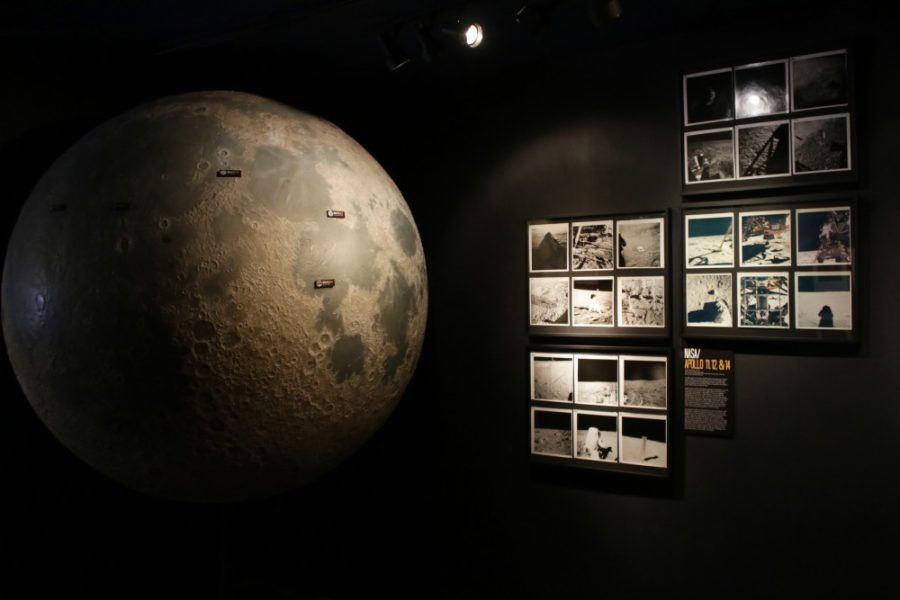It’s difficult to talk about the future of mankind without talking about natural resources.
The Guardian published an article in 2002 titled “Earth ‘will expire by 2050’,” which noted that Earth’s inhabitants may need to colonize at least one new planet over the next five decades if natural resource extraction continues at its current rate.
While the article’s title is extreme, its core message is true: We are running out of resources. And though we will not harvest the resources we need from two newly colonized planets by 2050, some scientists think that harvesting them from near-Earth asteroids is a real possibility.
Asteroid mining was the topic of UA professor emeritus of planetary science Dr. John S. Lewis’ talk on Feb. 1, titled “Cutting the Umbilical Cord to Earth.”
Lewis has been called the “Godfather of Mining Asteroids” and has traveled the world giving talks on his work.
An NEA is defined as an asteroid within 1.3 astronomical units of Earth, with one astronomical unit roughly equivalent to the distance from Earth to the sun. The UA established the Spacewatch Project at Kitt Peak in 1980, and researchers involved in the project conducted a systematic exploration of these asteroids.
Surprisingly, mining NEAs is more energy efficient than mining other celestial bodies—such as the moon—and NEAs are often extremely rich in resources.
Lewis noted in his lecture that the benefits of asteroid mining are twofold: On one hand, NEAs have the potential to provide space crafts with fuel after they have embarked on their journey, and on the other, they have the potential to provide humans on Earth with resources.
It costs around $10,000 per pound to get an object into orbit, and fuel comprises a majority of the mass of most space-bound objects, according to NASA. Harvesting fuel in space could dramatically lower launch costs.
“Things that were previously unaffordable can become affordable,” Lewis said. “We always think about what we can bring home to Earth, and energy is likely to be one benefit.”
He estimates the sum of the resources on NEAs could support 100 Earths, each filled to carrying capacity. And he’s just talking about NEAs.
Once space-mining techniques are refined, Lewis believes that companies could expand resource extraction to Martian moons and the Asteroid Belt.
The amount of U.S. spending that should go to NASA is debated and not every American would be thrilled to hear about the development of a new asteroid mining project. However, Lewis envisions a future where asteroid mining is privatized.
He is the chief scientist for a private space technology and resource company called Deep Space Industries along with being a professor emeritus at the UA.
Lewis estimates that, while developing the necessary technologies for asteroid mining will require high input, the result could increase the world economy 10-million fold.
Lewis ended the lecture by saying, “this is the part that I would usually say ‘the end,’ but I won’t.” He flipped to the last slide, which read: “The Beginning.”









